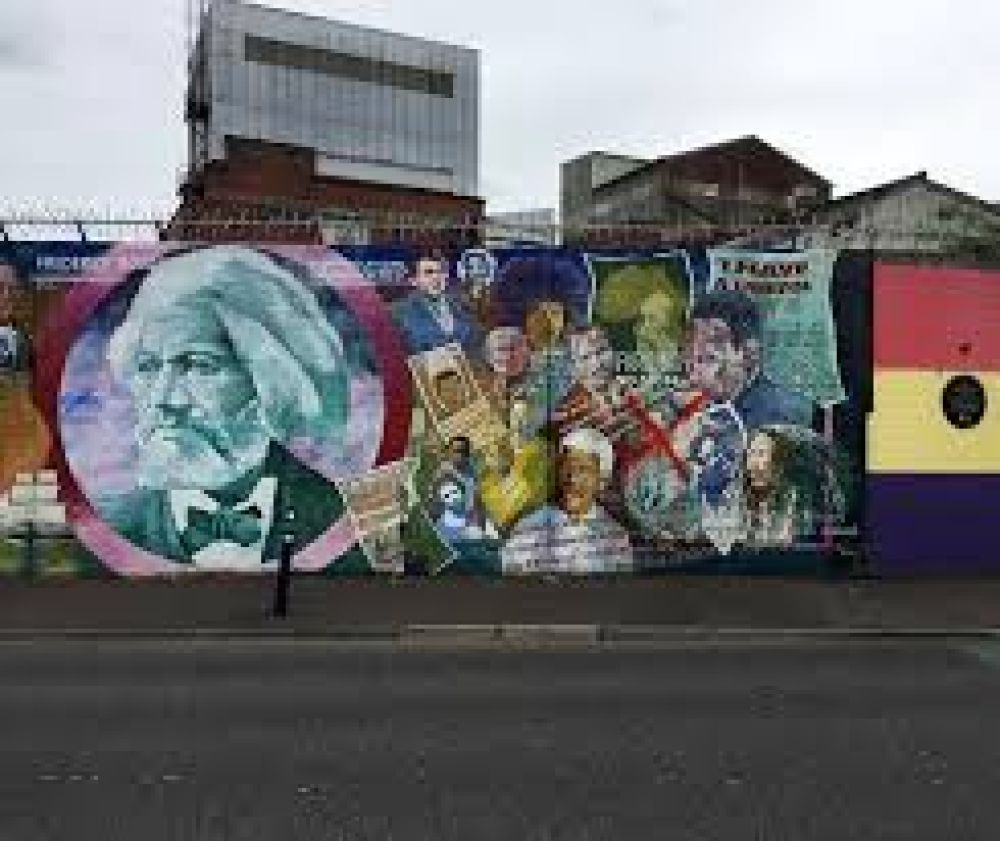The Peace Walls, also known as peace lines, are a series of separation barriers in Belfast, Northern Ireland. They were erected to segregate predominantly nationalist (often Catholic) neighborhoods from loyalist (often Protestant) neighborhoods to prevent violence between the two communities. Some of these walls still stand today, serving as historical reminders of the conflicts and as sites of interest for tourists visiting Belfast.

